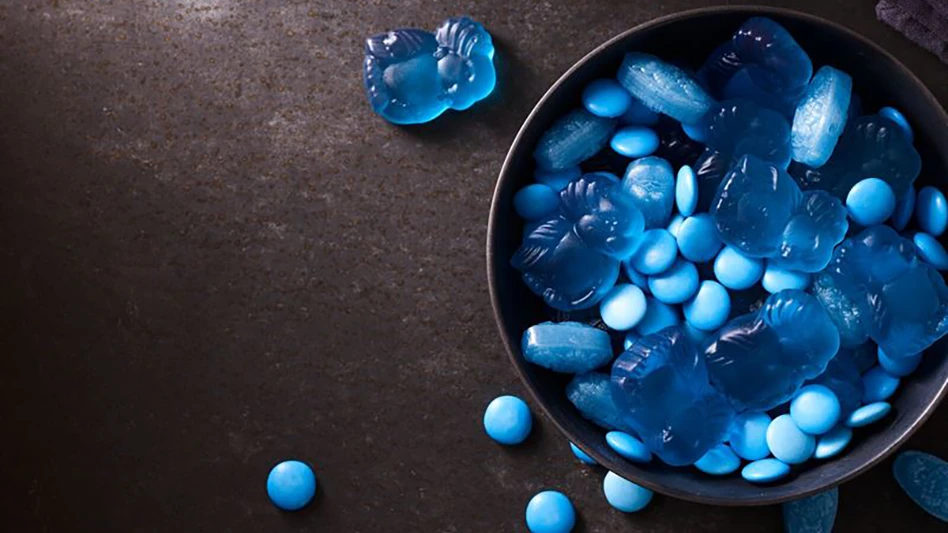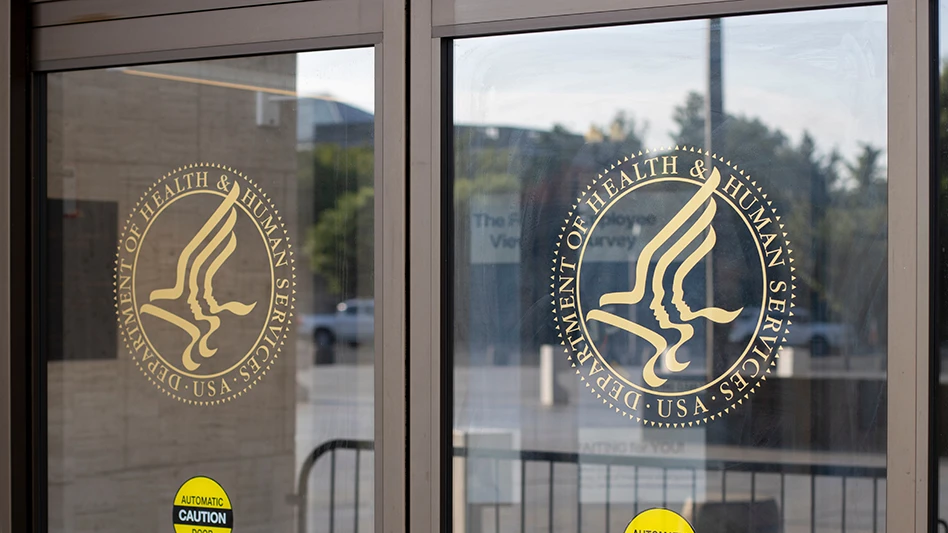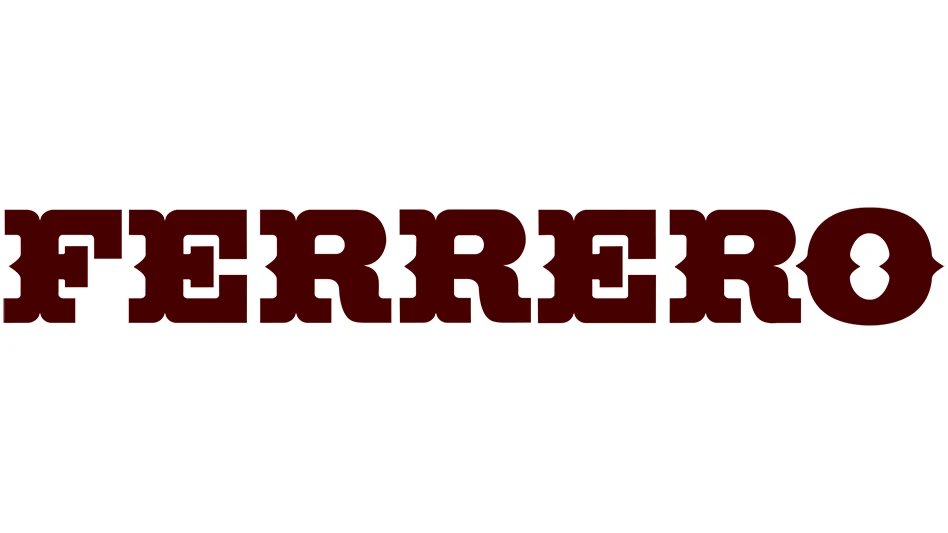
Photo courtesy Oterra
Spirulina made in Iceland using an innovative cultivation process will provide food and beverage producers with a vivid, natural blue color with a low carbon footprint.
Arctic Blue is the first product from the partnership between natural color producer Oterra and Iceland’s VAXA Technologies.
“At Oterra, we are constantly seeking new natural color solutions,” said Luc Ganivet, Oterra’s chief innovation officer. “Our partnership with VAXA Technologies is a prime example of our commitment to innovation and sustainability.”
VAXA’s production in Iceland is in the sweet spot between Europe and the U.S., close to the markets that use the most spirulina in food and drink products and where Oterra has its main manufacturing sites.
“By teaming up with this high-tech startup, we are able to produce spirulina-based natural colors using a state-of-the-art carbon neutral cultivation process that's much closer to Europe and the U.S. than most existing suppliers,” said Ganivet.
The production facility is next to a geothermal power plant that provides 100% clean energy, waste heat and carbon dioxide to VAXA’s bioreactors where the spirulina is grown 24 hours a day.
There is minimal loss of water from the closed system that has a significantly lower land footprint than traditional open pond systems. The carbon neutral cultivation process uses only 1% of the water and land compared to traditional open pond systems, according to Oterra.
Processing, packaging and transportation add some carbon dioxide emissions back into the equation, but initial analysis by Oterra suggests that it still has up to 40 times lower carbon emissions than the company’s conventional spirulina product.
With its sustainability profile, Arctic Blue can help Oterra’s customers reach Scope 3 targets by reducing their value chain emissions.
The spirulina algae used in the system is the same as in open pond systems, but the production process also solves some traditional issues with conventionally grown spirulina, while keeping its benefits.
“Arctic Blue has a neutral odor, contrary to algae grown in open ponds,” said Lotte Jeppesen, industry marketing manager for Oterra. “It is also easier to mix and dissolves faster, which makes it better for handling. However, it keeps the common characteristics of spirulina such as the same vibrant blue shade and a high color strength, while legislation and labeling are unchanged.”
The use of spirulina as a color in food and beverage new product development is gaining popularity, according to Innova. And the growth in use of spirulina in new product development is ahead of Brilliant Blue/FD&C Blue 1 artificial color. The most common use is in Confectionery (48.4%) followed by Bakery (15.9%), Desserts and Ice Cream (11.6%), reported Innova.
Latest from Quality Assurance & Food Safety
- Kim Heiman Elected to Second Term as President of Wisconsin Cheese Makers Association
- FAO Launches $150 Million Plan to Restore Ukrainian Agricultural Production
- Pet Food Company Implements Weavix Radio System for Manufacturing Communication
- Penn State Offers Short Course on Food Safety and Sanitation for Manufacturers
- USDA Announces New Presidential Appointments
- FDA to Phase Out Petroleum-Based Synthetic Dyes in Food
- IFT DC Section to Host Food Policy Event Featuring FDA, USDA Leaders
- CSQ Invites Public Comments on Improved Cannabis Safety, Quality Standards





